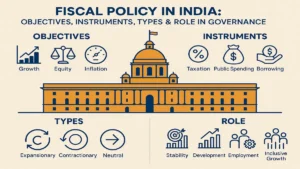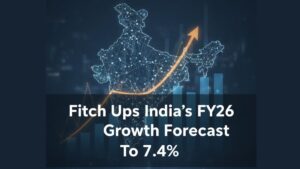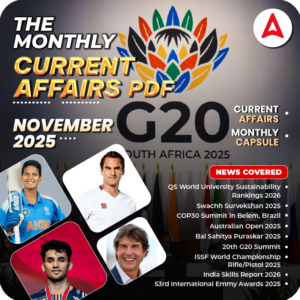In July 2025, India, the world’s largest buyer of vegetable oils, witnessed a sharp contrast in its edible oil imports. While palm oil imports declined by 10%, soyoil shipments surged by 38%, reaching their highest level in three years. The shifts were mainly driven by contract cancellations, competitive pricing, and the release of delayed shipments.
Palm Oil Imports Decline
- Palm oil imports fell to 858,000 metric tons in July, down from an 11-month high in June.
- The decline was largely due to the cancellation of import contracts.
- The drop may lead to a stock buildup in Indonesia and Malaysia, the world’s top palm oil producers, putting pressure on Malaysian palm oil futures.
Surge in Soyoil Imports
Soyoil imports jumped 38% month-on-month to 495,000 tons, the highest since 2022. The increase was driven by, Competitive global prices, Delayed shipments from June, finally discharged at Gujarat’s Kandla port in July and This surge offset the decline in palm oil, boosting overall edible oil imports.
Sunflower Oil Trends
- Sunflower oil imports dipped by 7% to 201,000 tons in July.
- Lower demand and price competitiveness were key reasons for the decline.
Overall Edible Oil Imports Rise
- India’s total edible oil imports in July rose 1.5% month-on-month to 1.53 million tons.
- This marked the highest import level since November 2024, driven primarily by the rise in soyoil shipments.



 Fiscal Policy in India: Objectives, Inst...
Fiscal Policy in India: Objectives, Inst...
 Billionaire Wealth Transfer Enters Histo...
Billionaire Wealth Transfer Enters Histo...
 Fitch Ups India’s FY26 Growth Forecast t...
Fitch Ups India’s FY26 Growth Forecast t...







